Here’s a summary of the 300 years of history at this location.
1718-1835: The Alamo was originally a mission named San Antonio de Valero. For 70 years, it was home to Spanish missionaries and Native Americans that converted to Catholicism. The indigenous people of the area were drawn to the missions for protection from raiding Apaches and the security of food to feed their families. They left their traditional lifestyle behind and learned to grow crops, raise livestock, and many other skills the Spanish taught. In addition to embracing Catholicism, they were required to swear loyalty to the distant King of Spain.
The front of the church is the well-known image of The Alamo. Photos are not permitted of the interior of the church. Unlike the San Antonio Missions, it is no longer an active parish. Exhibits inside tell the history of the building.
1835-36: The Battle of the Alamo ended here on March 6, 1836, after a 12-day siege. During the Texas war for independence from Mexico, Texas volunteers overwhelmed the Mexican garrison at the Alamo and captured the fort. In February, 1836, thousands of Mexican troops led by General Antonio Lopez de Santa Anna began a siege of the fort. Two hundred Defenders commanded by James Bowie, William Travis, and Davy Crocket held out for 13 days before being overwhelmed by the Mexican troops. All were killed by the Mexican forces. The Battle became an enduring symbol of their heroic resistance to oppression and struggle for independence (that was won later that year).
Demonstrations are provided at the encampment area (but not on the day we visited).
In the plaza in front of the Alamo (which was originally part of the fort) are individuals in period garb, including the great great great great grandson of Davy Crockett (also named David Crockett). He is the one on the right in the first photo below.
There is a museum with exhibits in the Long Barracks (where troops resided) during the time period of the Battle of the Alamo). It is the oldest building in the complex.
A second museum is on-site in the Fortress building. This is the one area where photos were permitted inside. Weapons used during the battle are on display. The shield in the second photo is made of multiple layers of leather and could repel arrows and even musket balls.
We enjoyed reading the post-it notes in the museum where visitors could write comments about their connection to the Alamo. Cool idea.
The gardens of the Alamo are beautiful with several huge live oak trees.
1836-1877: When Texas became part of the US, the Alamo was used as a supply depot.
1877-1905: The State of Texas purchased the church as a memorial to the Alamo Defenders. Below is a plaza where the six flags of Texas are displayed.
1905 - Present: The custodians of the Alamo complex were the Daughters of the Republic of Texas until 2011. Custodianship was transferred to the Texas General Land Office in 2011. In 2015 it was designated a UNESCO World Heritage Site (along with the San Antonio Missions National Historic Park). For additional information, go to www.thealamo.org.
The Alamo is synonymous with the city of San Antonio and is a must-see when you visit! From the Alamo we walked to the River Walk.
Along the way we saw these sights. I loved this mosaic.
The River Walk ( /www.thesanantonioriverwalk.com is a “below-the-street” area that has been extended several times over the years. Below is a map. Cruise tours are available for those interested in seeing more of the sights along the river.
There are lots of restaurants, shops, and other attractions along the banks of the river.
Schilo’s Deli (www.schilos.com) was our destination for lunch (within walking distance). Amanda had this on her list of recommended restaurants (and reportedly the oldest restaurant in San Antonio). And, honestly, the cheddar bratwurst was fantastic!
As we walked back to our car, we walked past the well-known, Torch of Friendship, an abstract sculpture by Mexican sculpture, Sebastian. It was a gift to the city from the Mexican government in 2002. Also, the Alamo Cenotaph, Spirit of Sacrifice, is a monument commemorating the Battle of the Alamo in 1836. The names of those who died (on the Texan side) during the battle are engraved on the monument.
It’s great that all of these places are within walking distance. We did pay $13 for parking, but it was in a convenient location. These are two of the most popular attractions in San Antonio and we very much enjoyed seeing them with Amanda. The cultural history of the city makes it a very interesting place to visit.
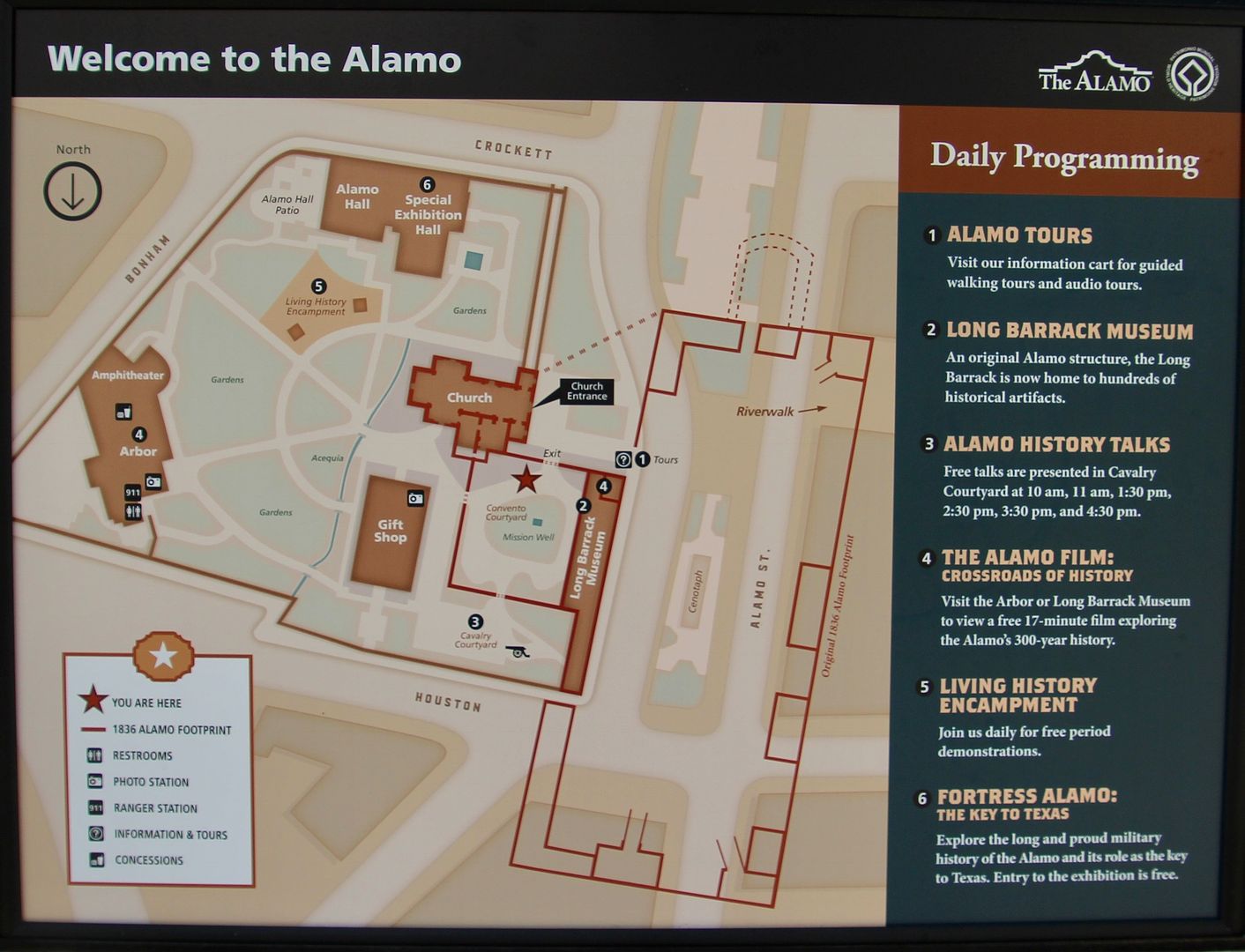
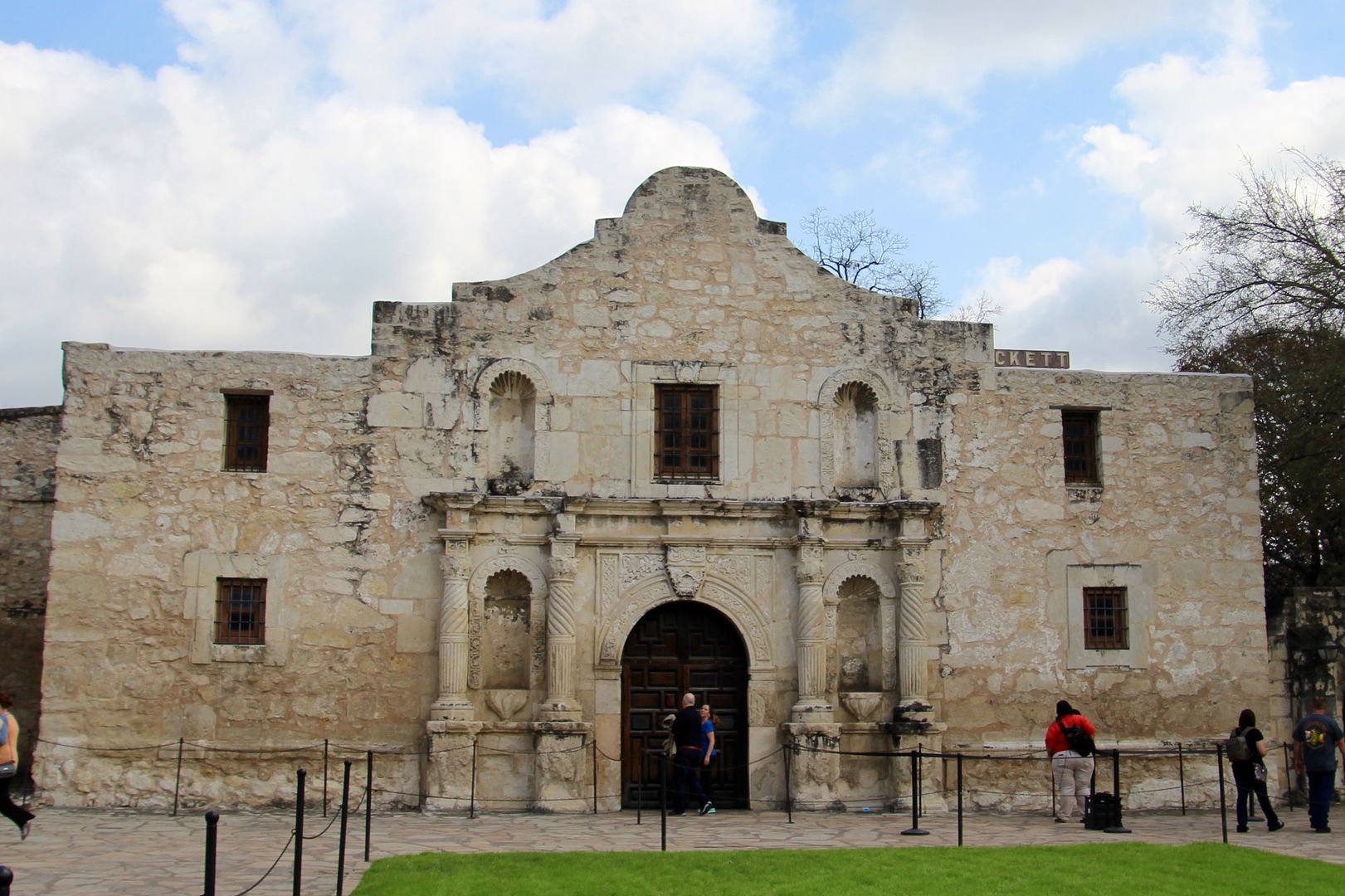

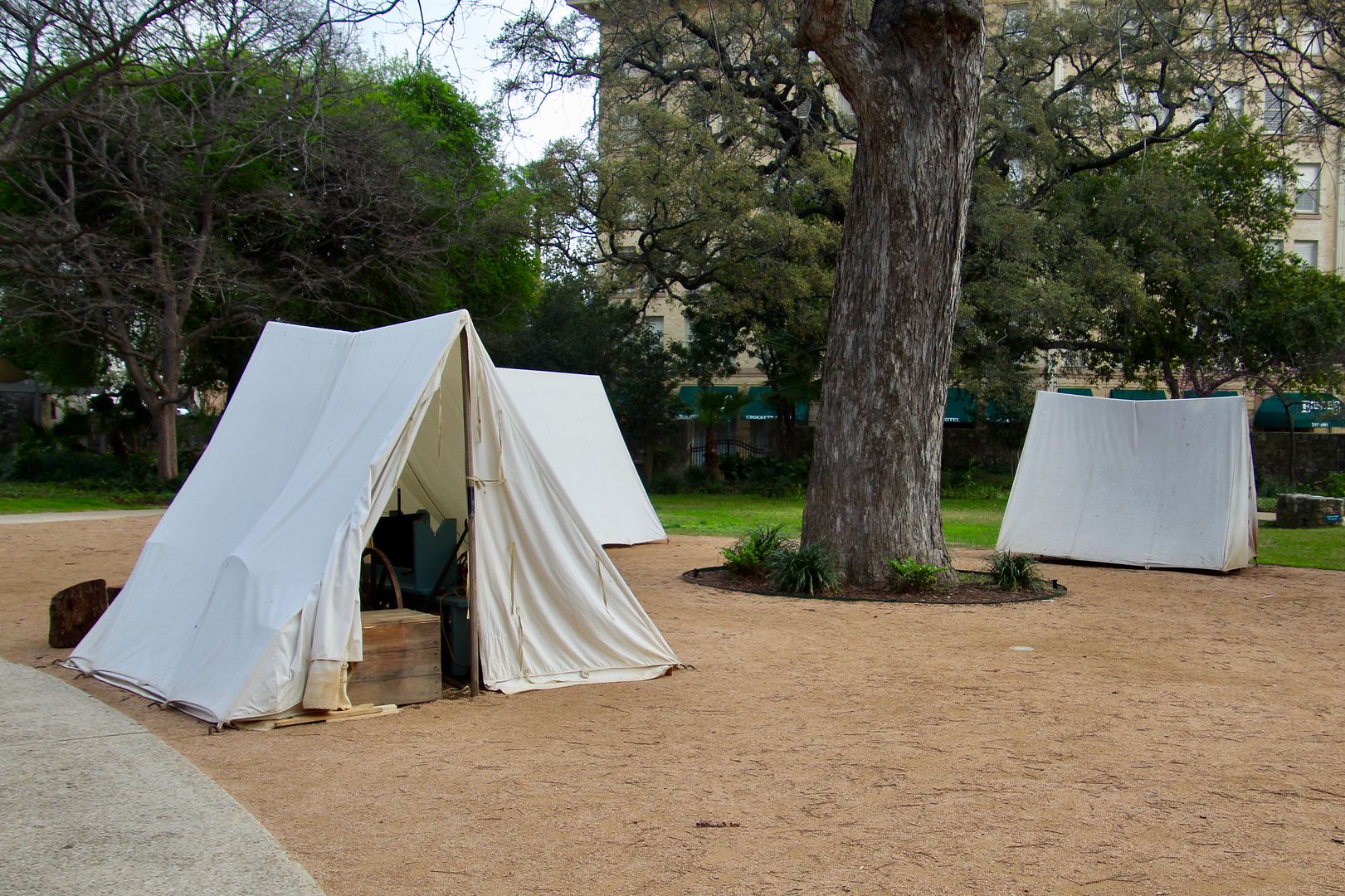
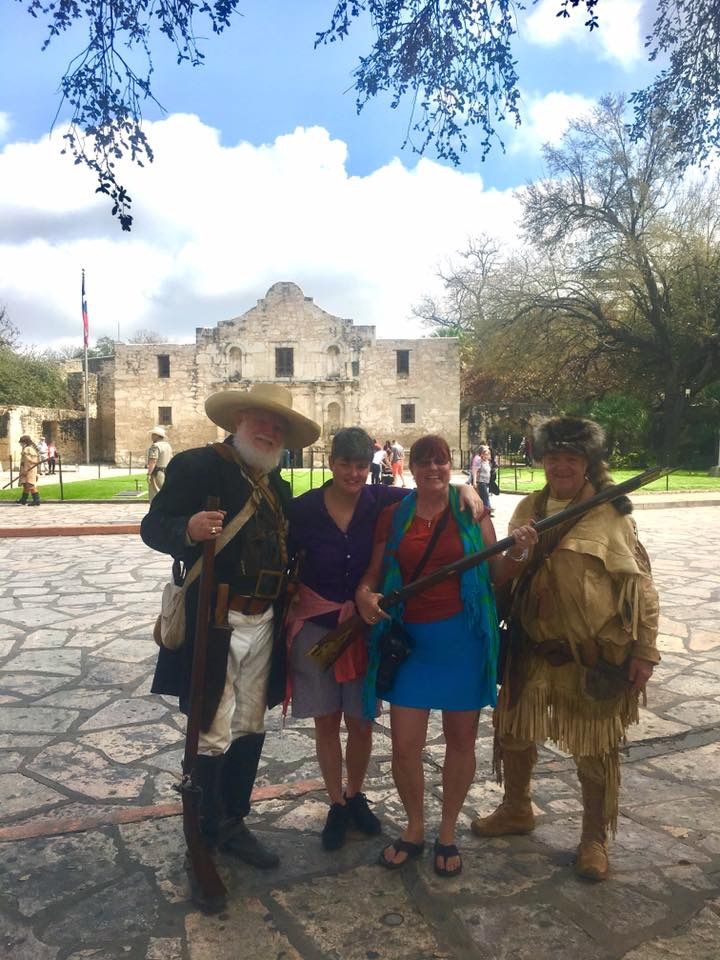
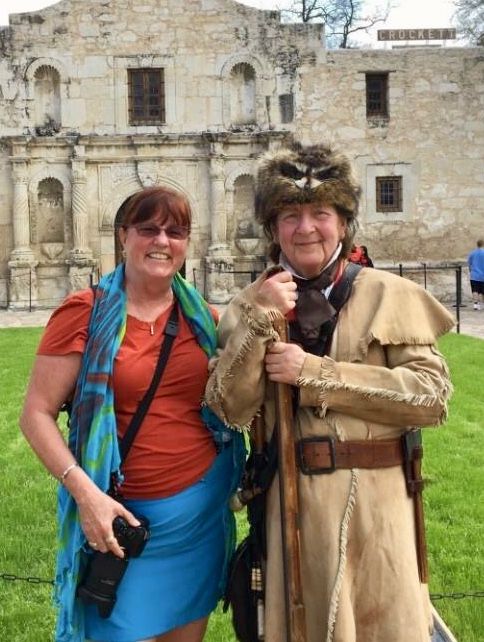
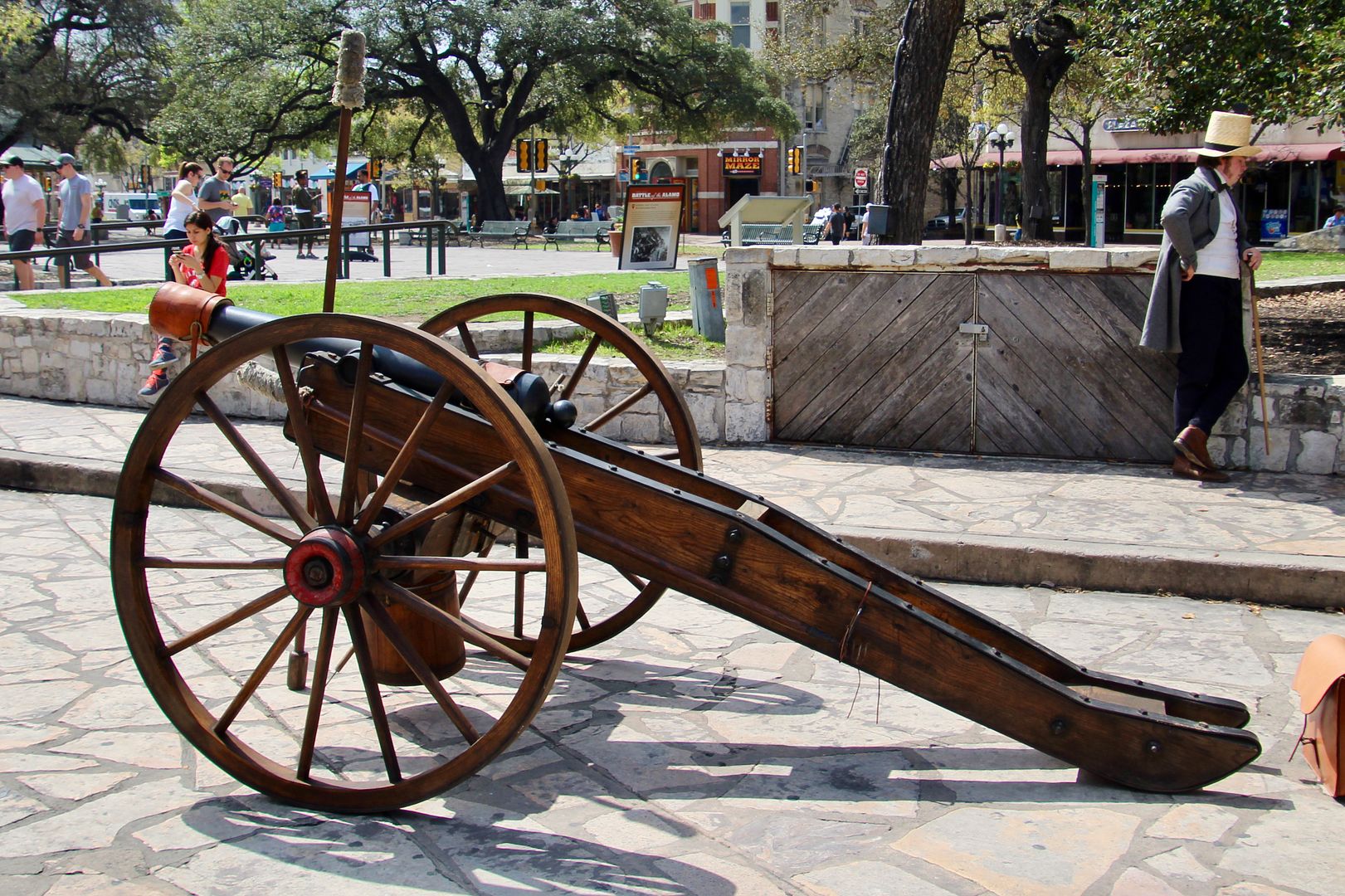
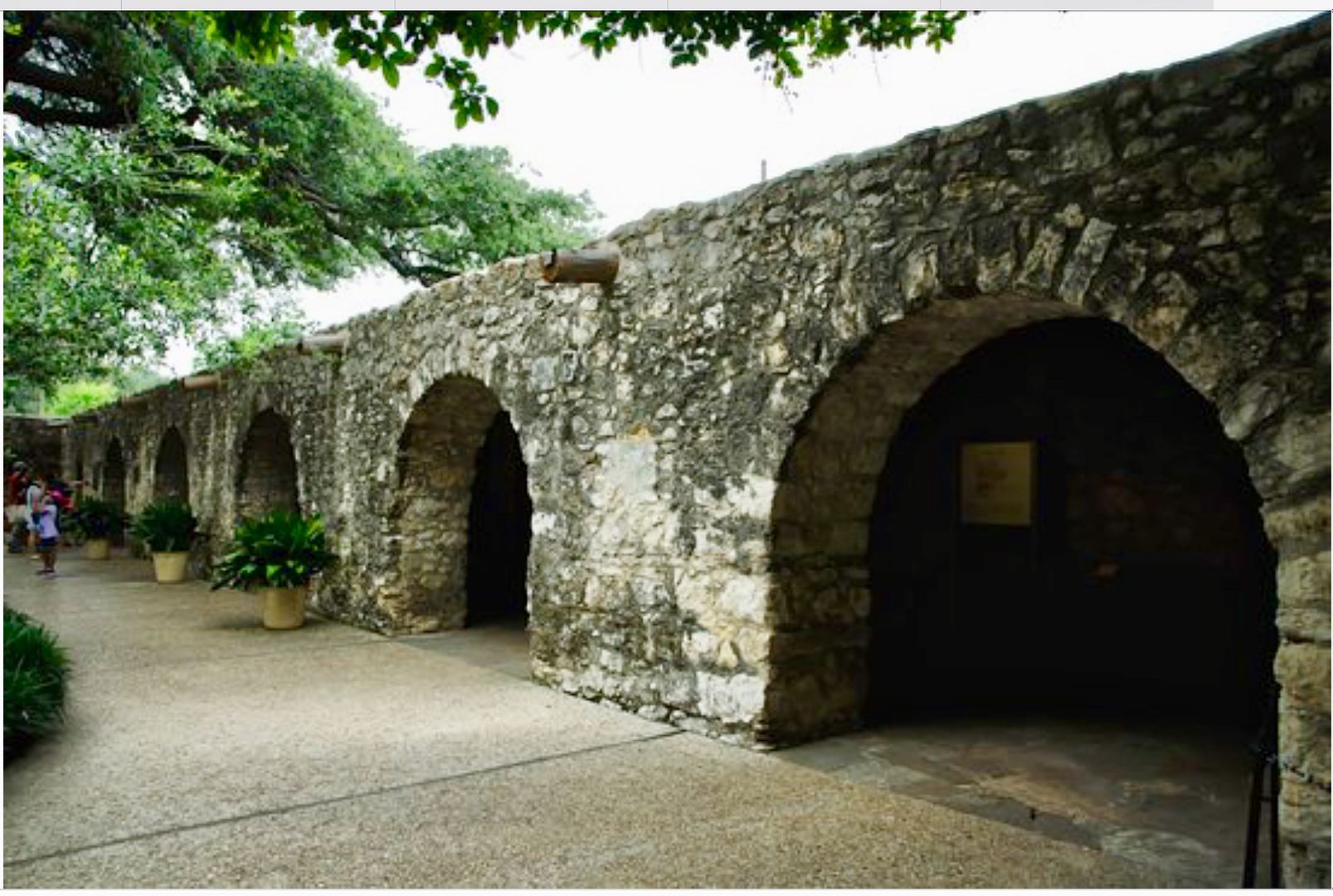
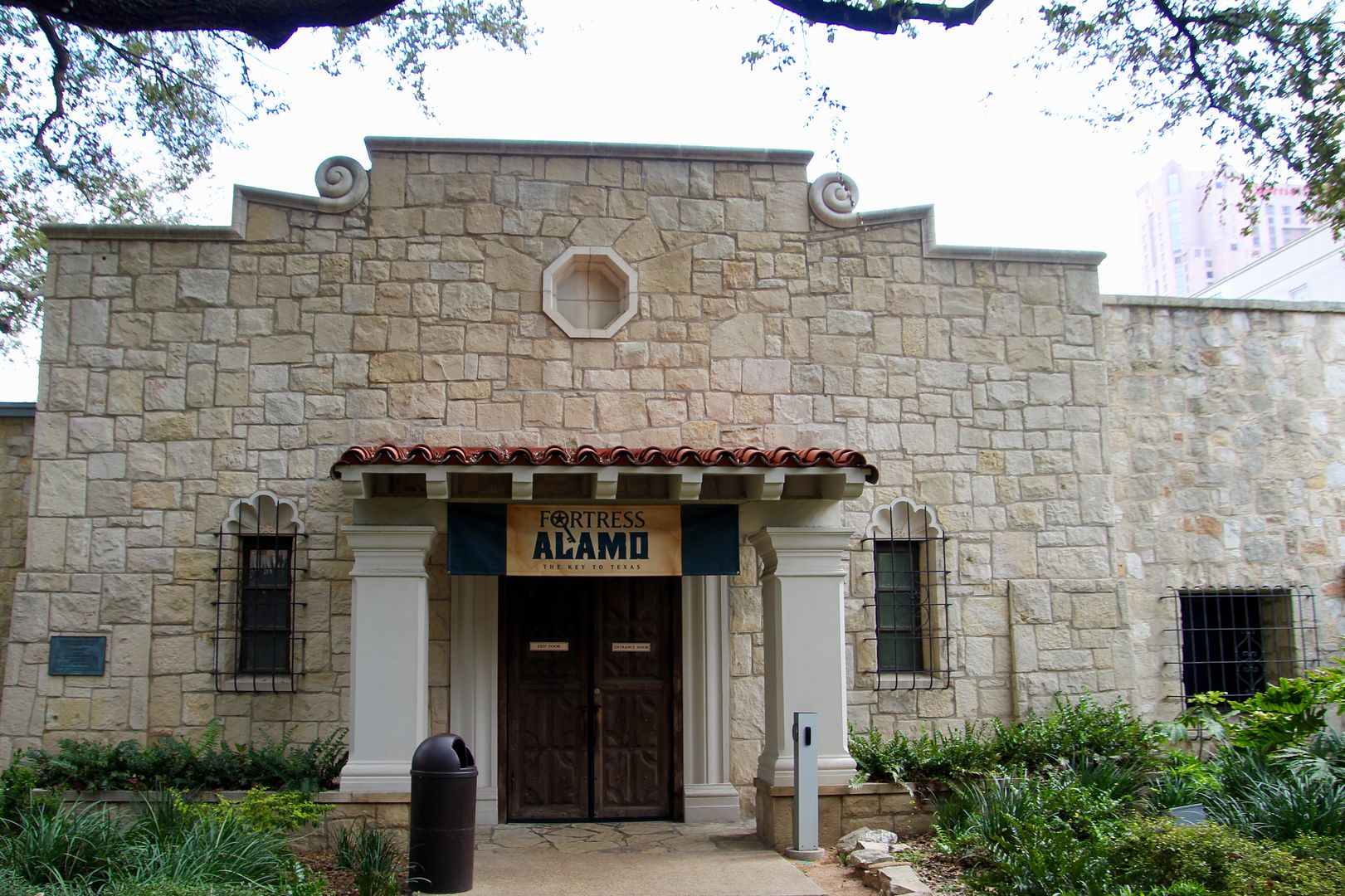
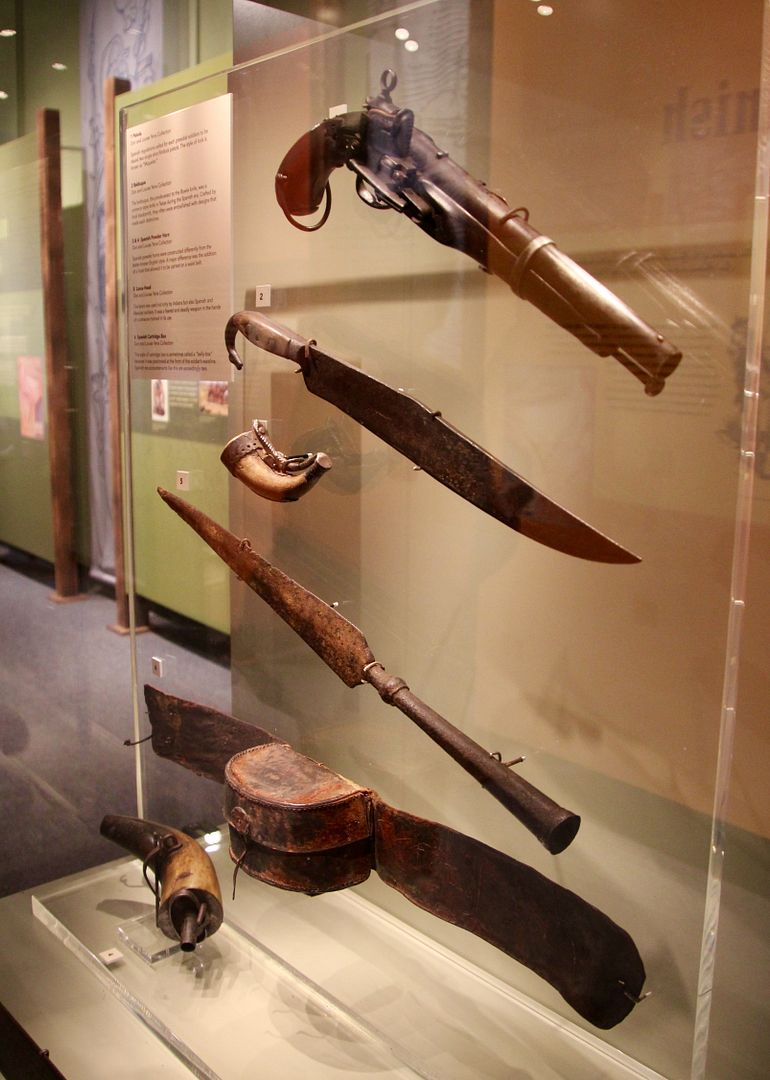
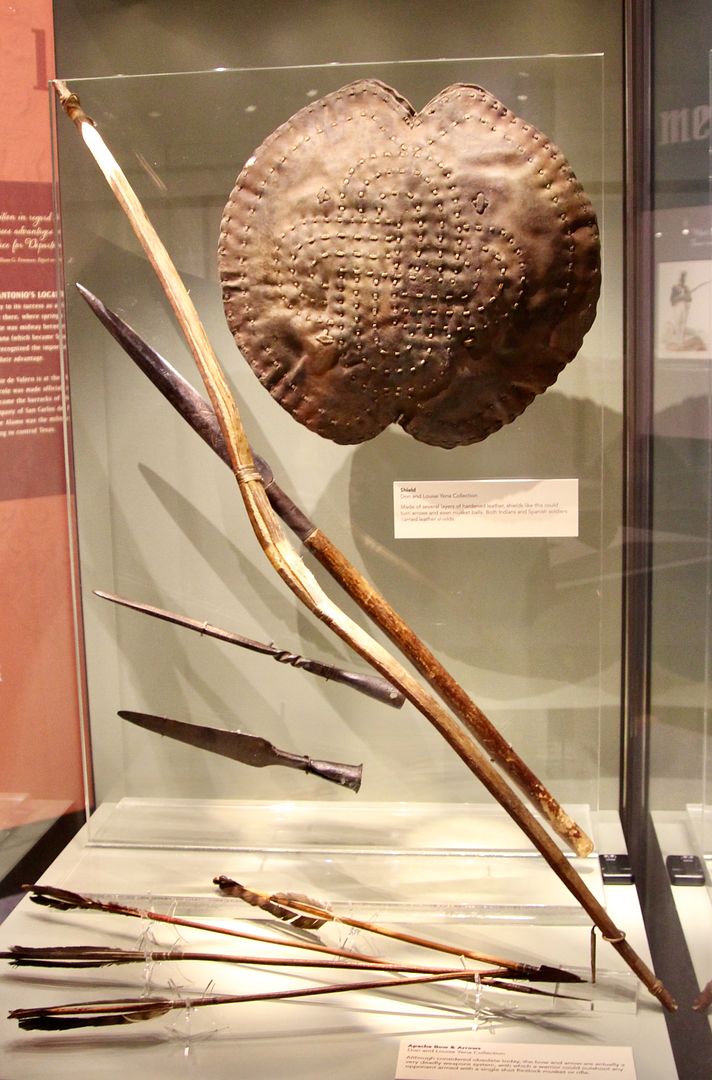
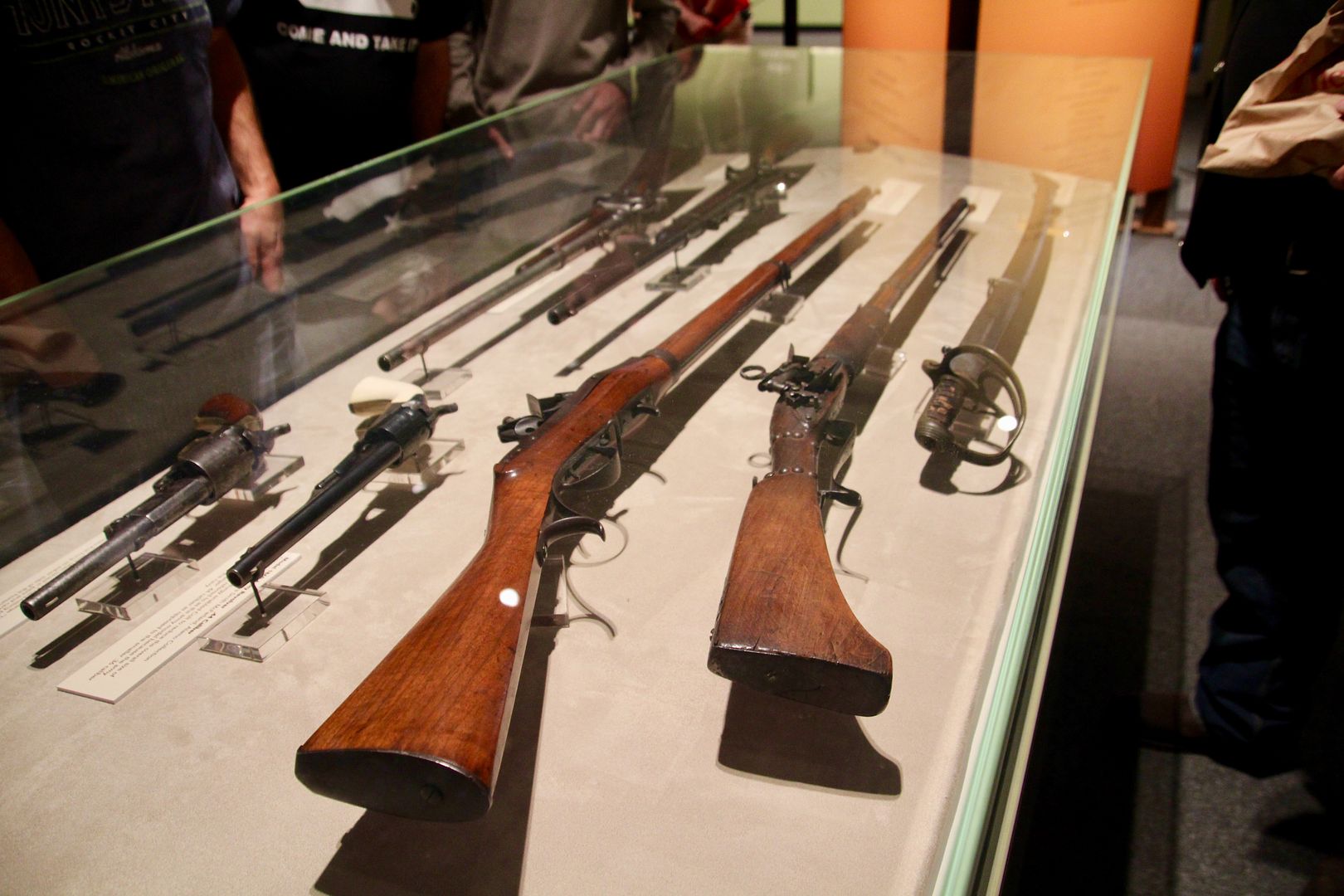
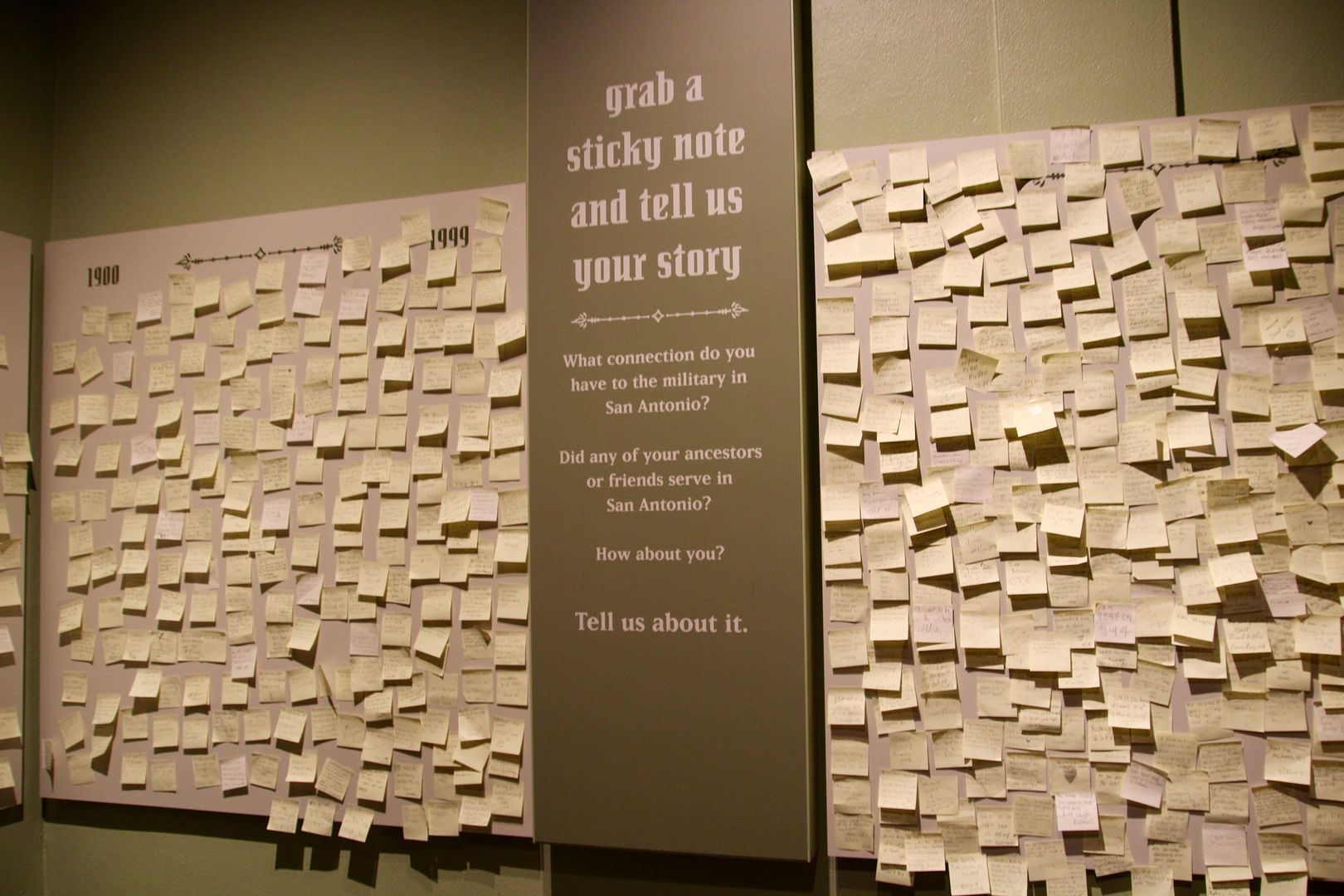
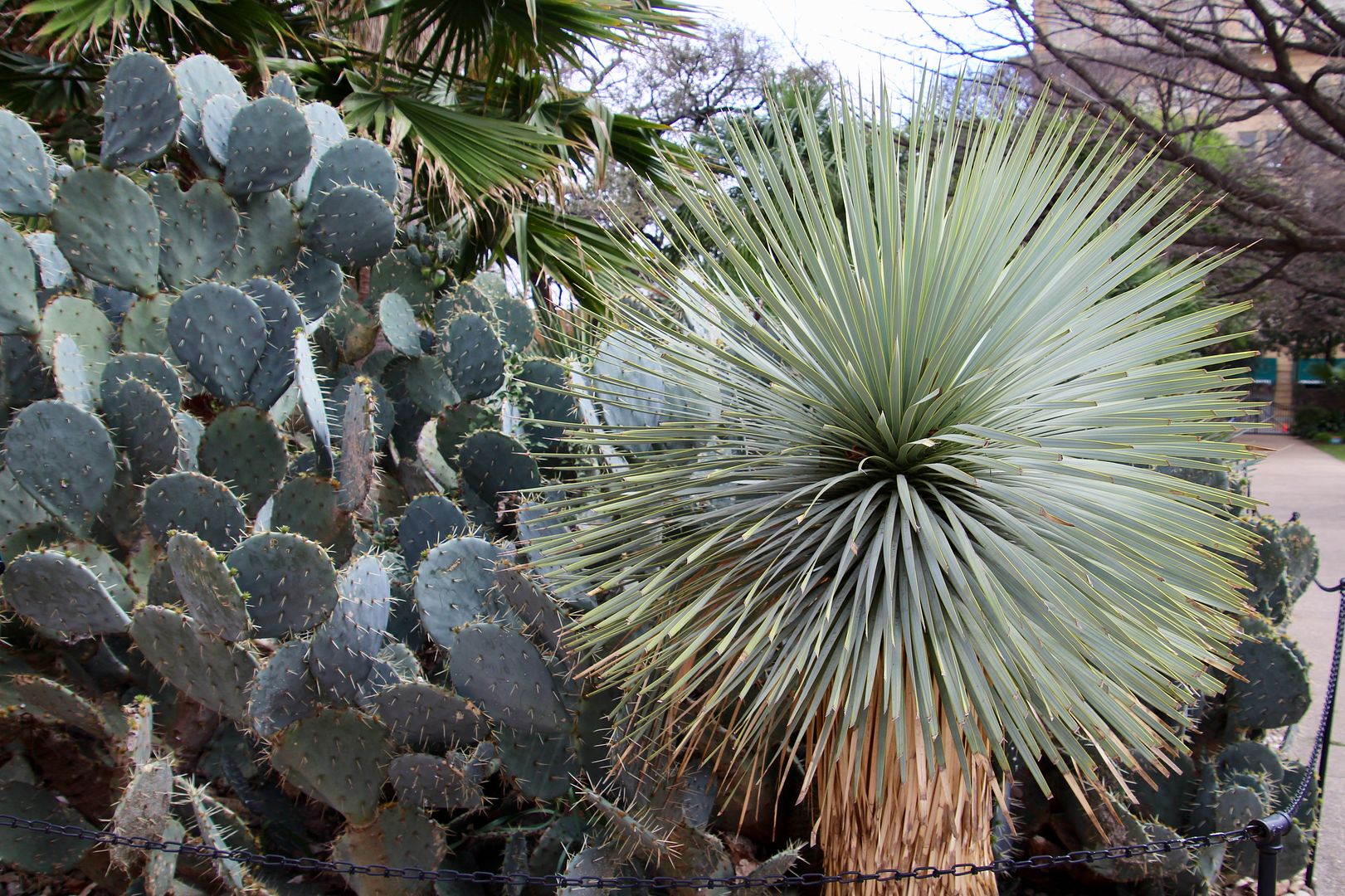
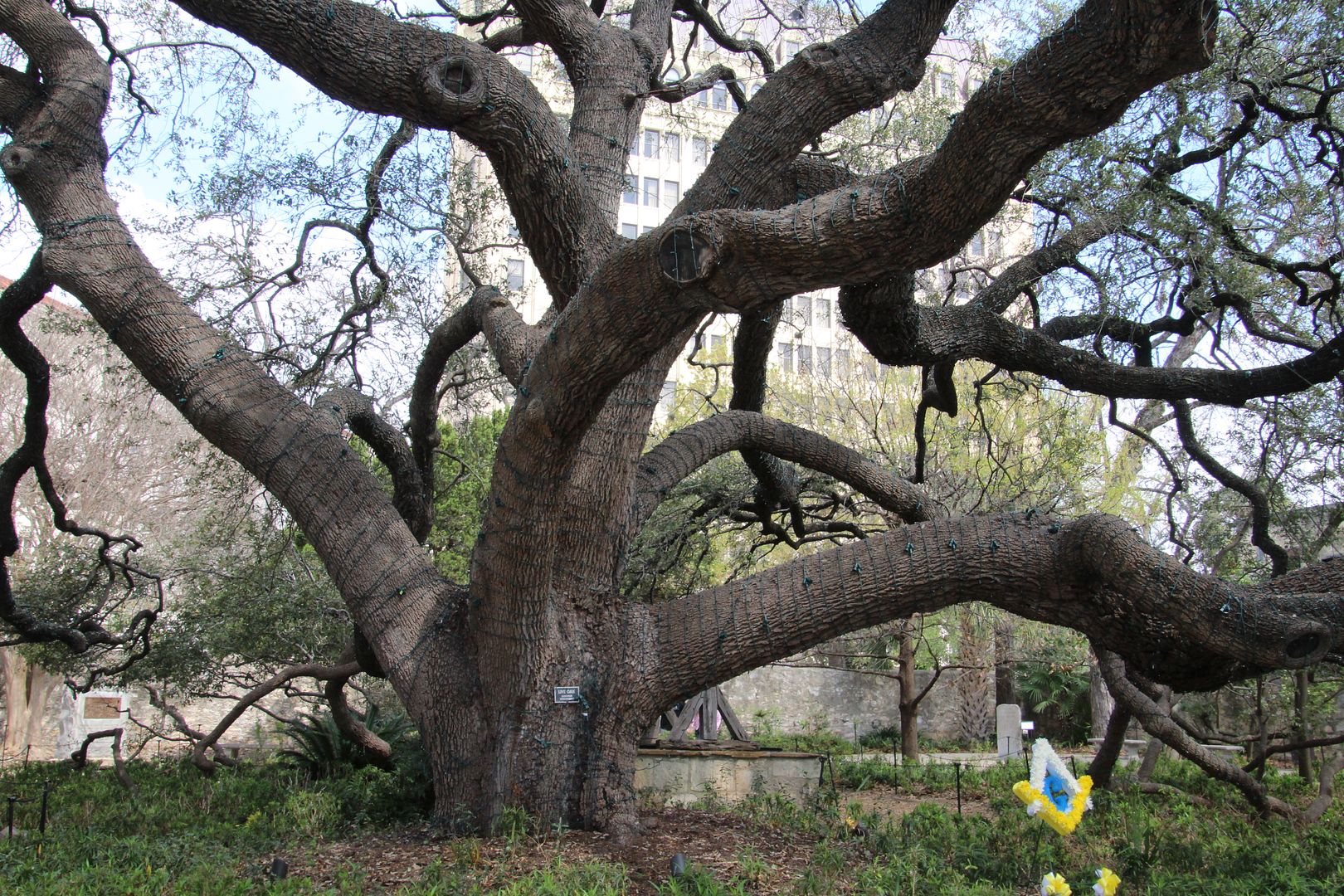
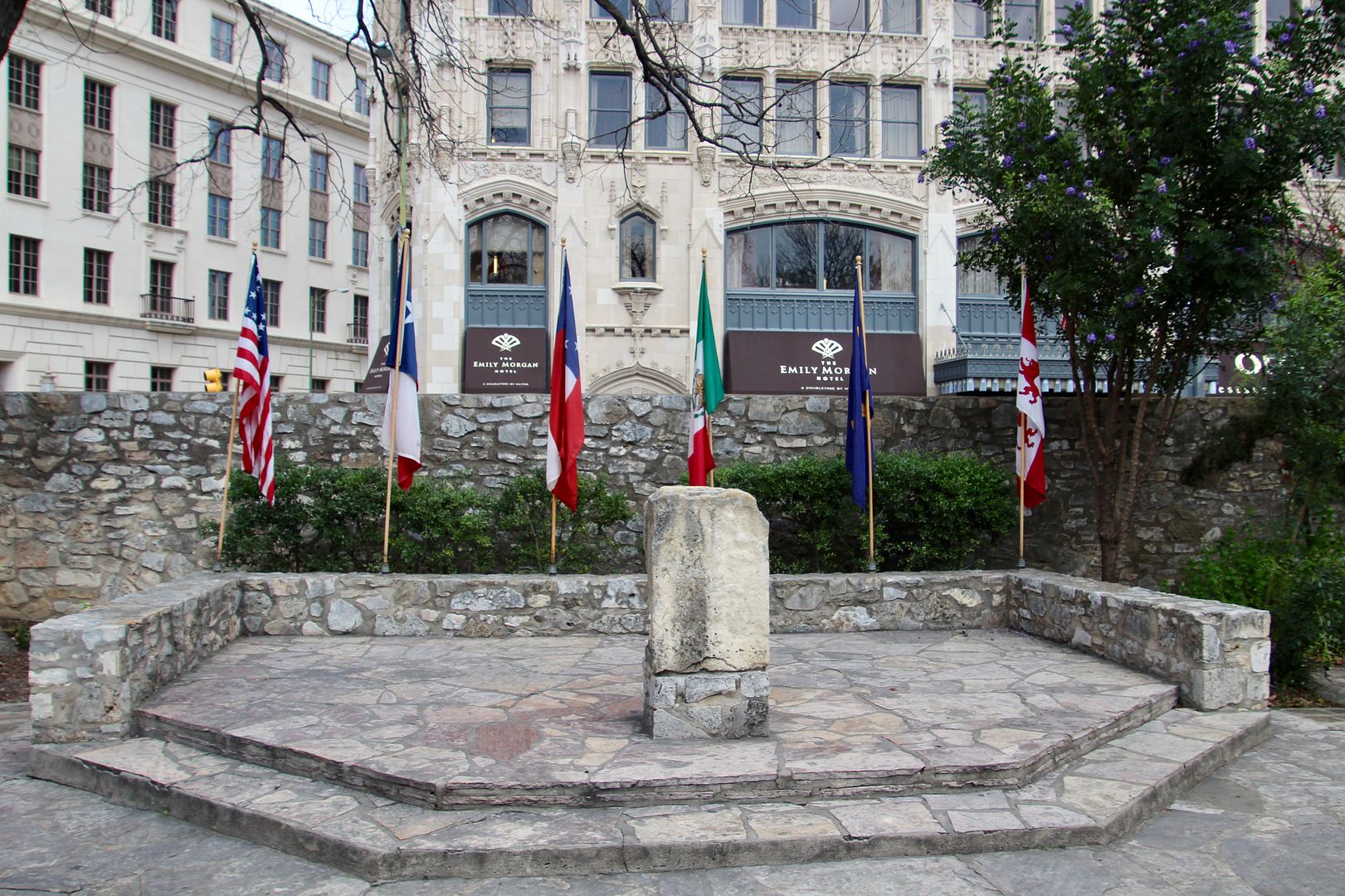

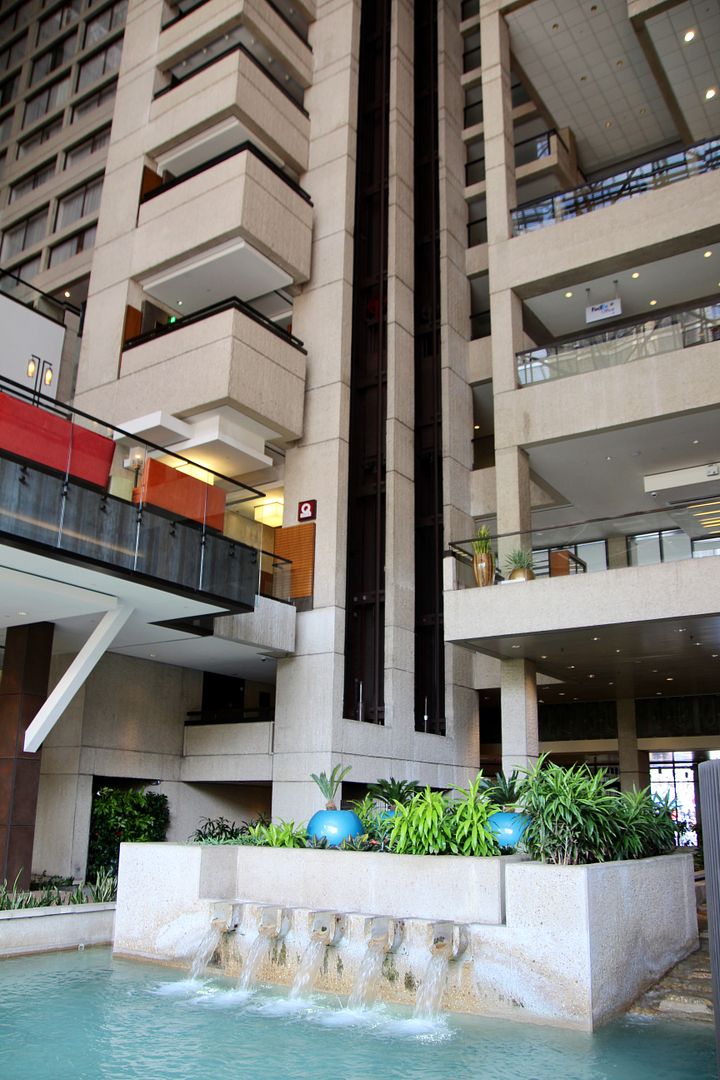
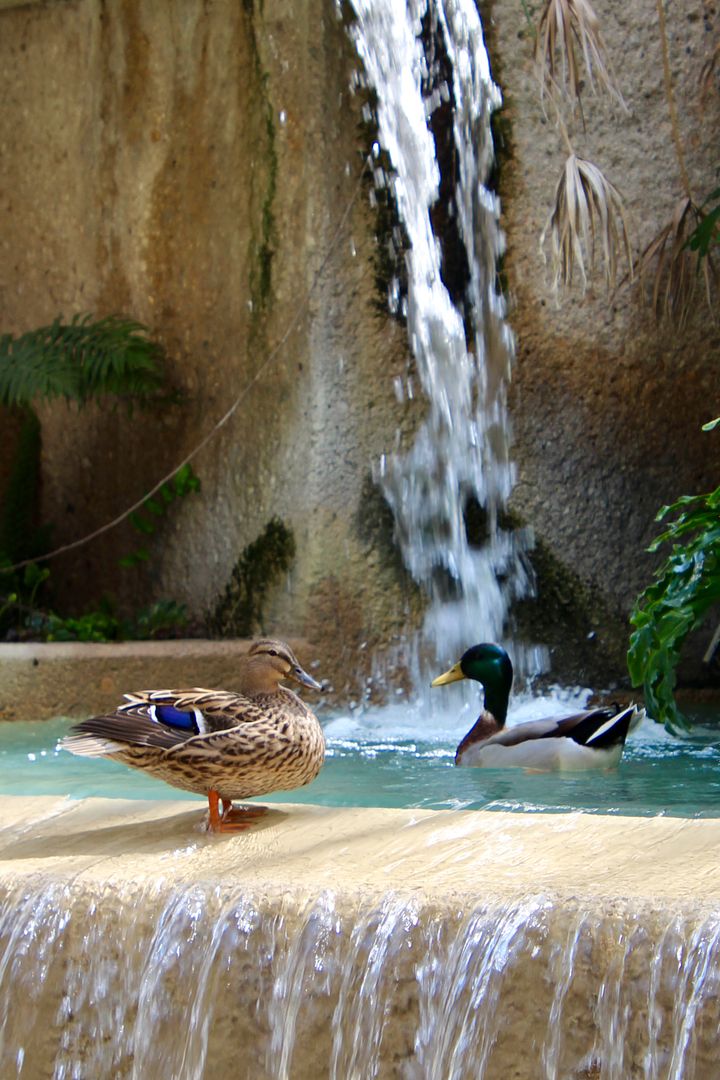

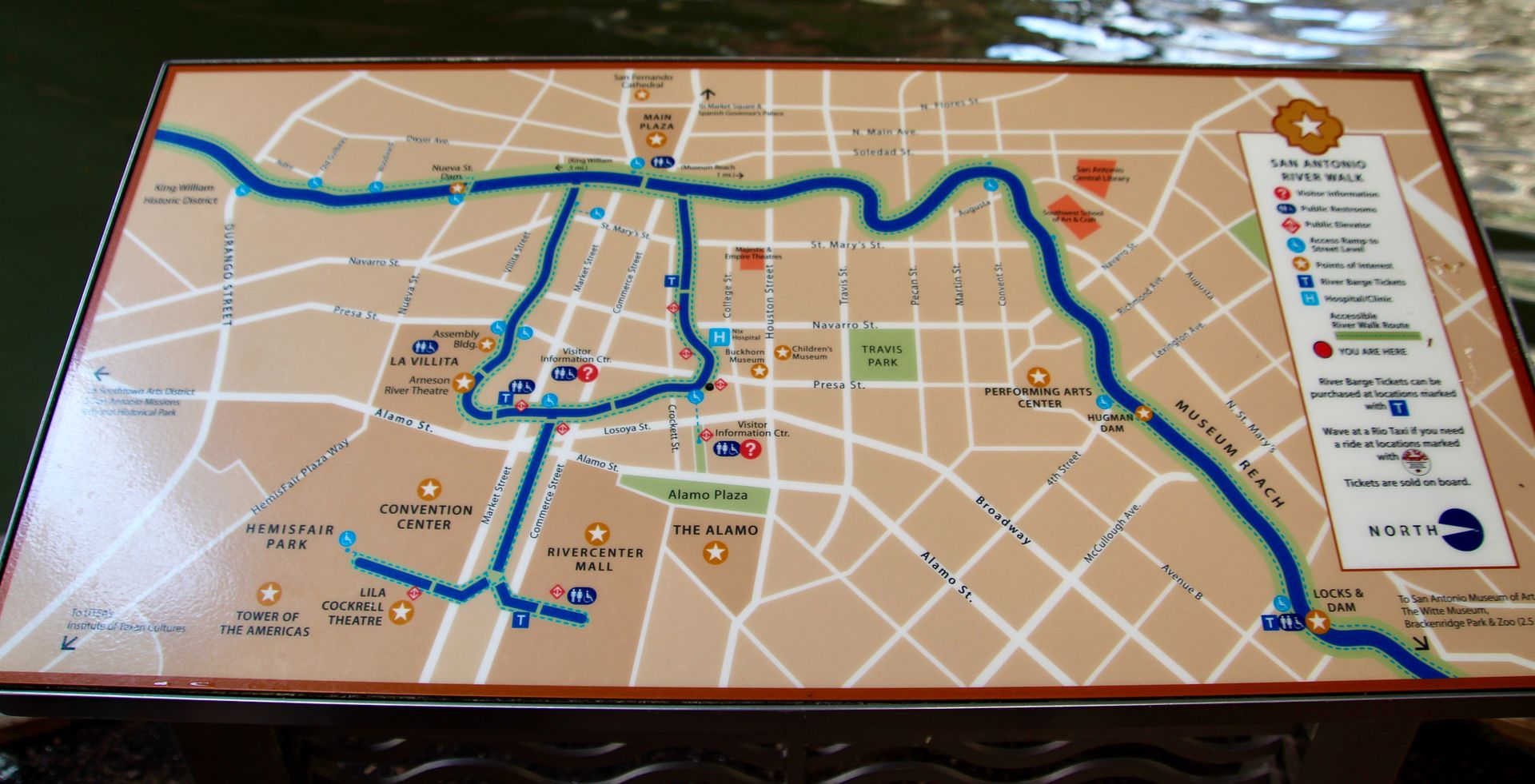
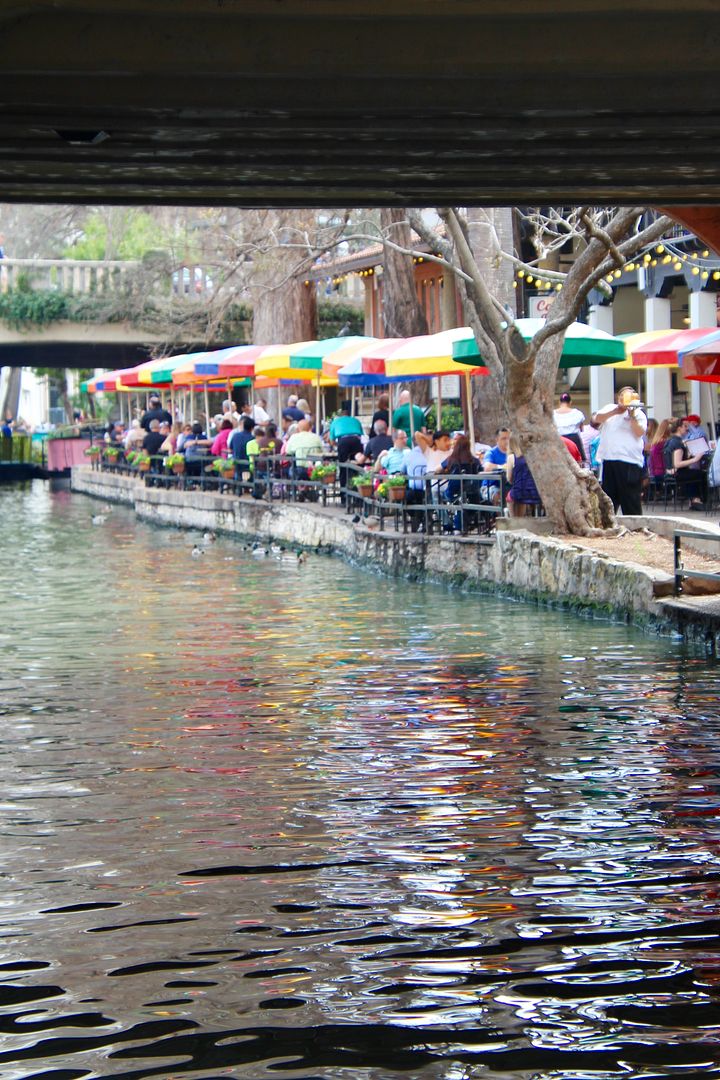
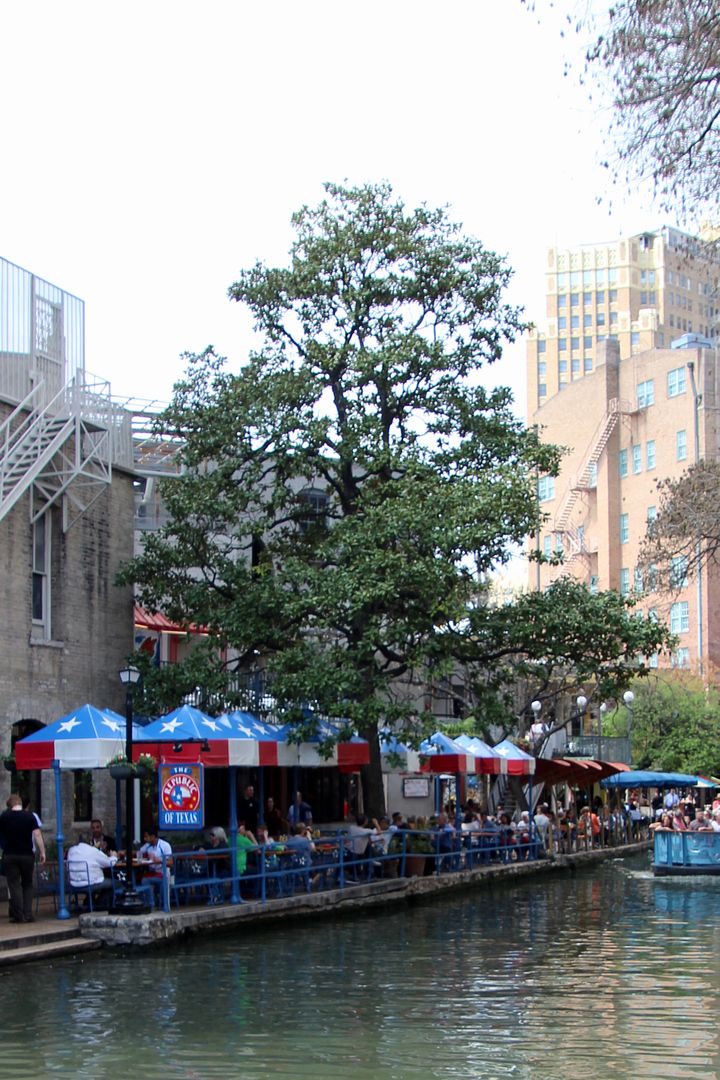
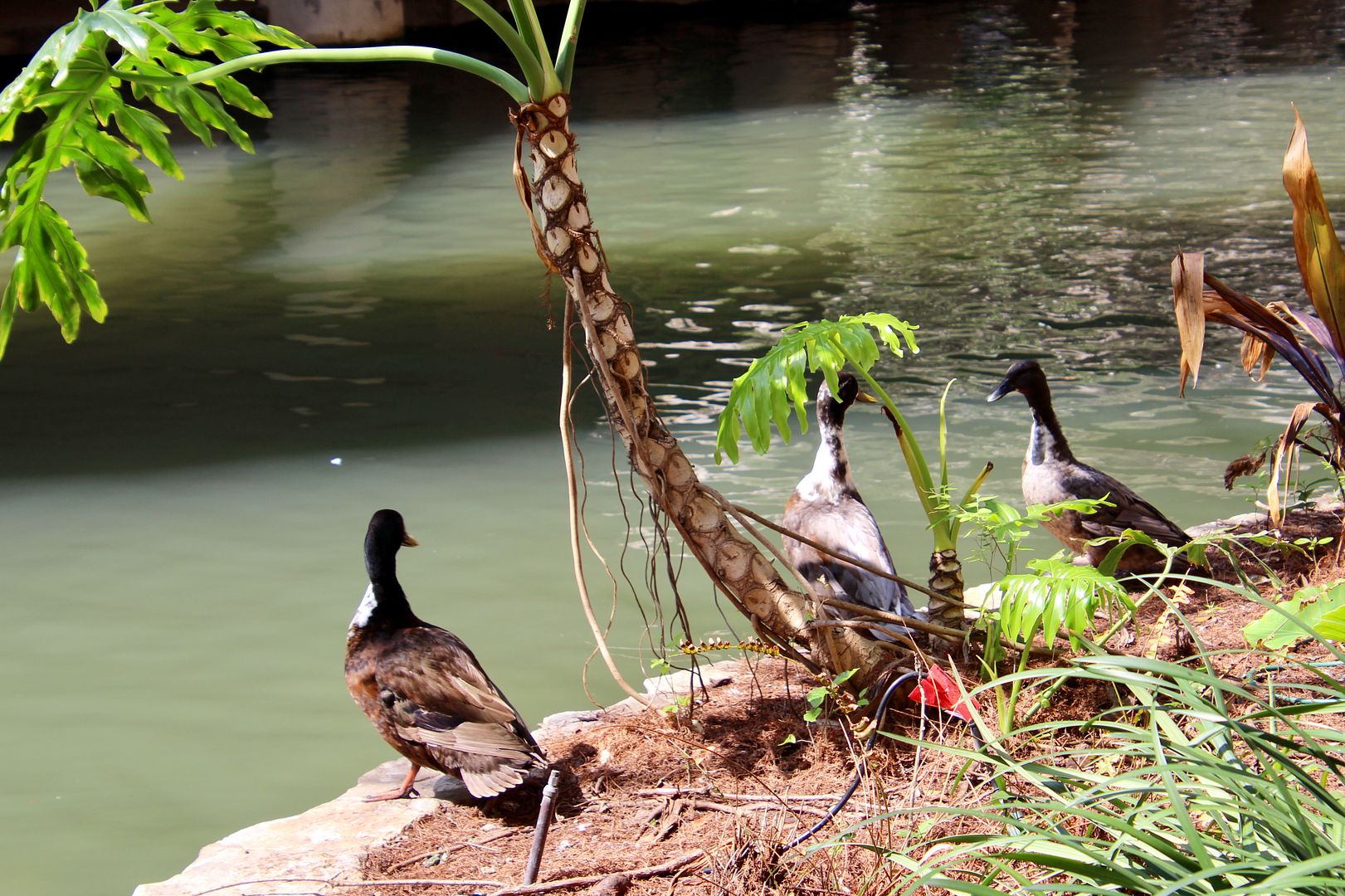




No comments:
Post a Comment